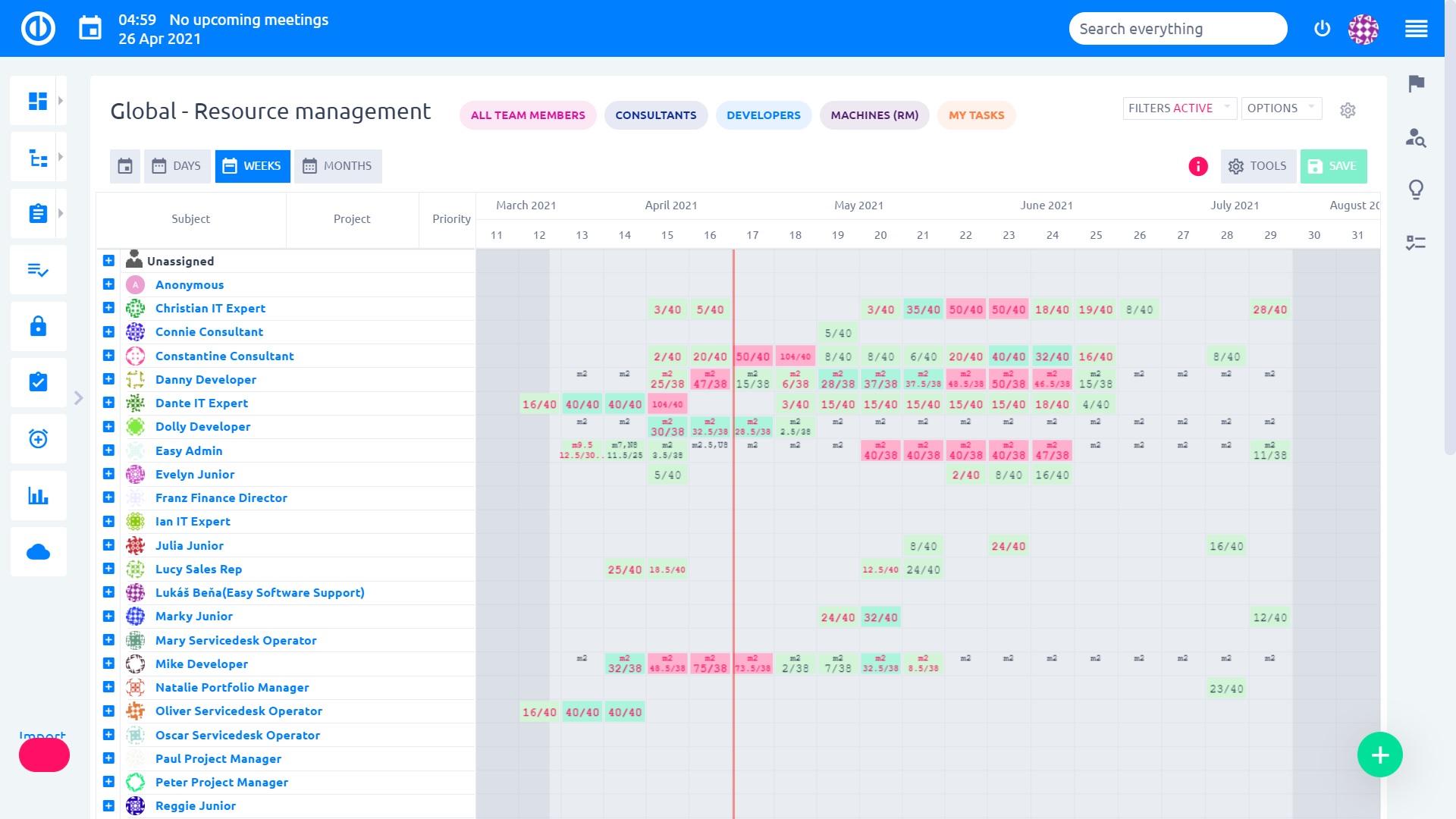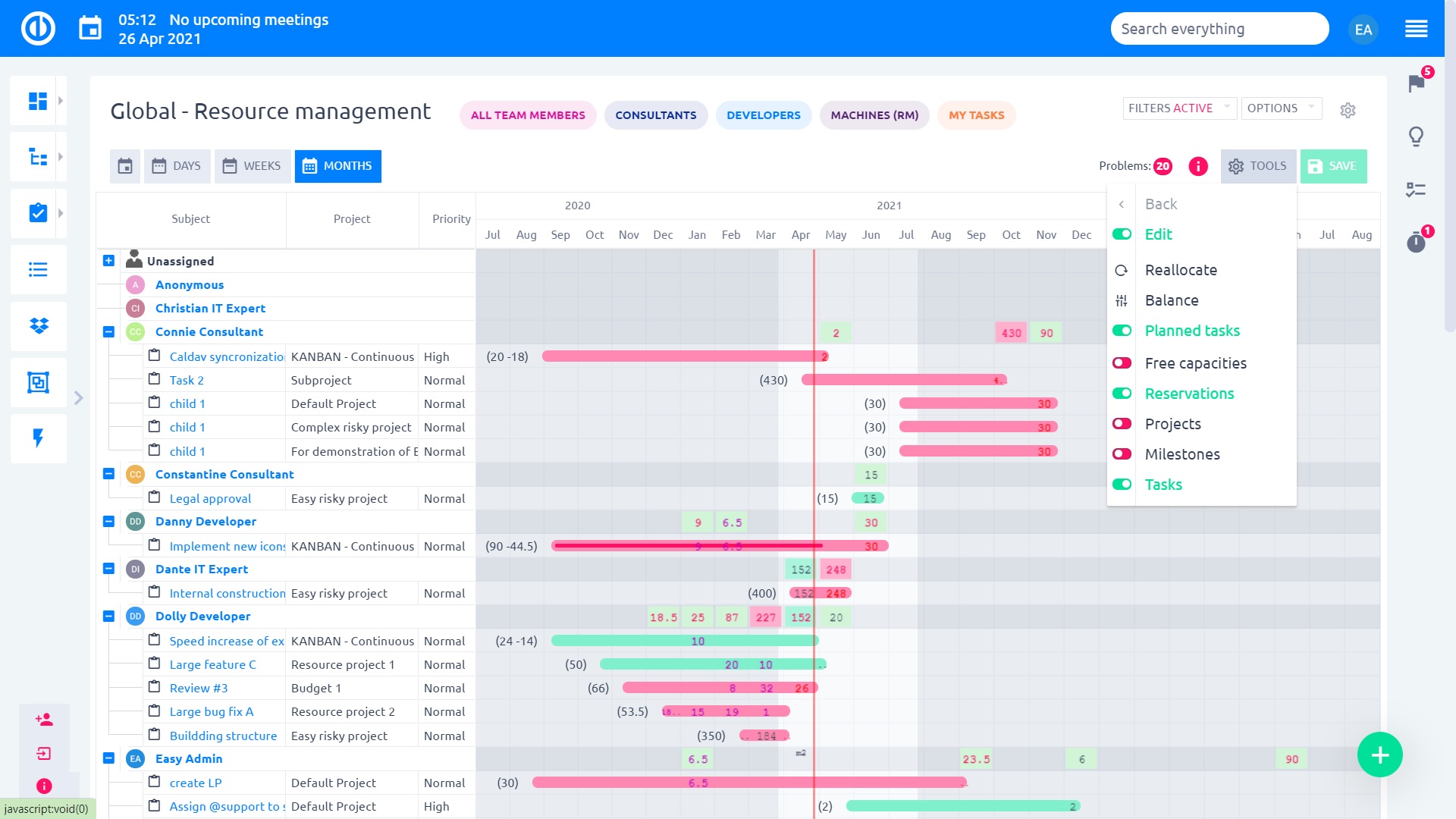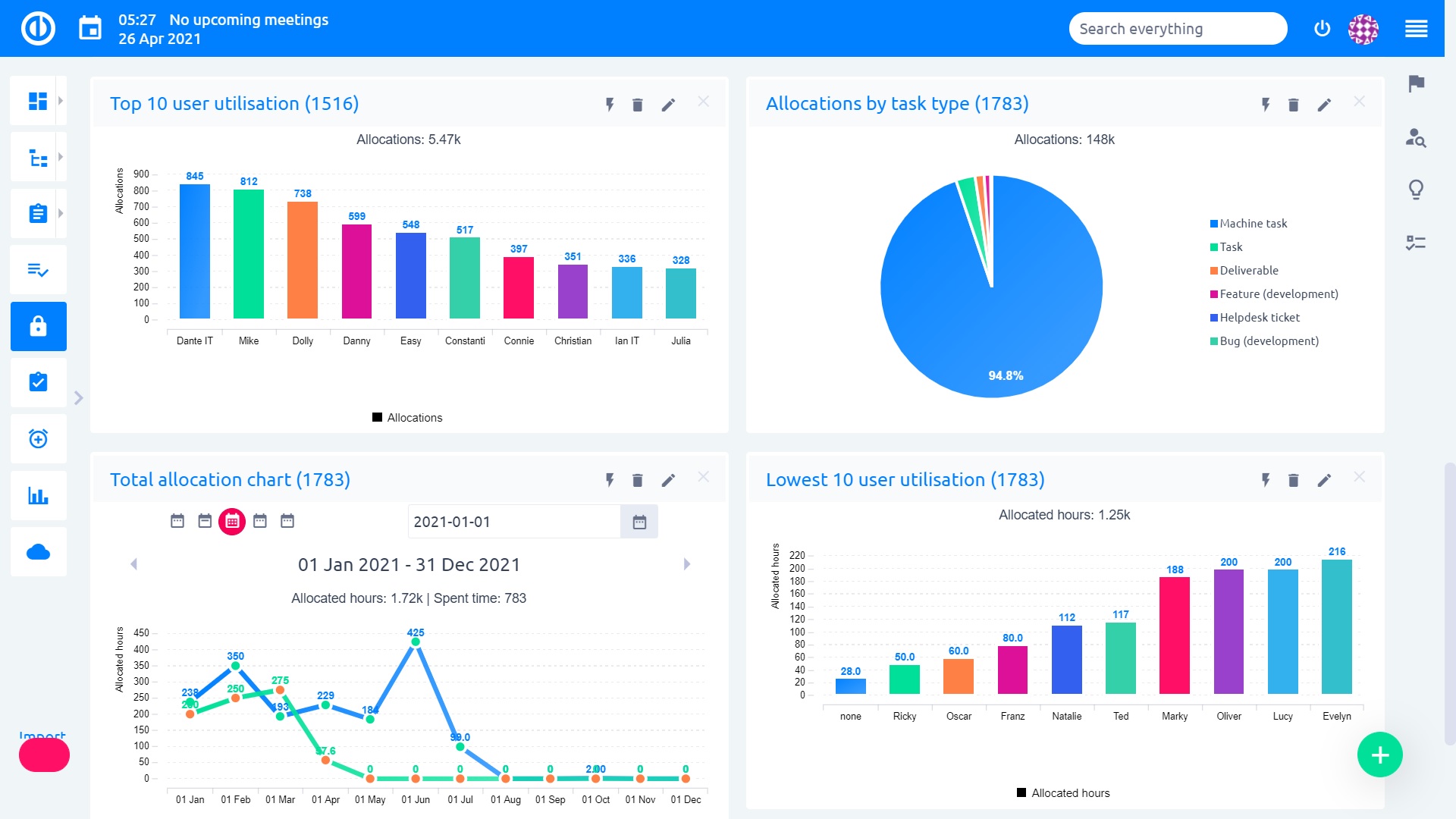How to Manage Resources During Your Project and How Easy Redmine Helps
Resource management is one of the most important and trickiest constraints to navigate through while managing a project. Managing resources during a project is the key to ensuring effective and efficient fulfillment of project goals and objectives.
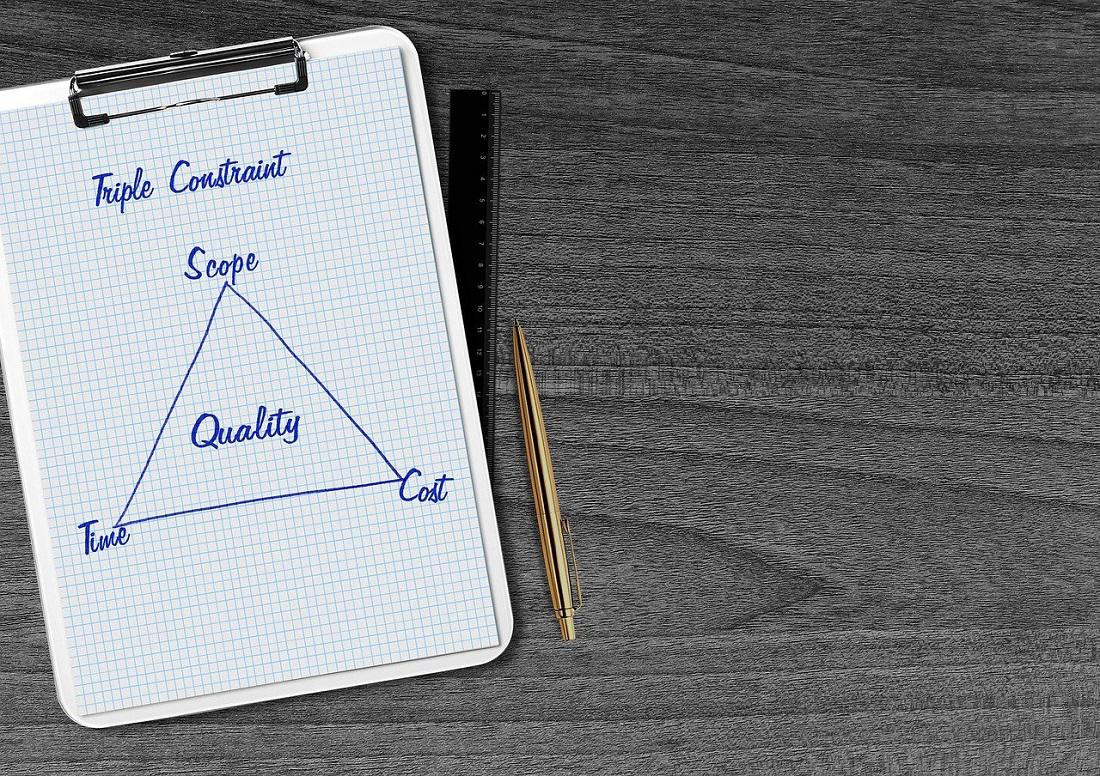
The Crucial Role of Resource Management
Managing the resources in a project can play a critical role in determining how successful the execution and completion of a project can be. In an ideal world with unlimited resources, project management would’ve been much easier; however, in reality, resource management is one of the aspects that require the best of your planning efforts and abilities, in order to ensure that a project is completed within the resource and time constraints.
The key to managing resources is to ensure the most optimal allocation and efficient utilization of the available resources, to minimize wastage, redundancies, and inefficiencies. Failure to take the importance of resource planning into consideration can result in bottlenecks, poor decision-making, cost overruns, and subsequent delays in a project’s timeline.
Consequently, it is crucial to adopt the best practices for effective resource management during a project, and beyond.
Resource Management in Easy Redmine
How to Manage Resources During a Project?
Here are the best practices and techniques that would help you in more effective management of resources during your project:
1. Prepare an Outline of the Available Resources
The first prerequisite for effective resource management is to know the amount of resources that you have for your project. It is extremely important to clearly define the numbers of resources, categorized by type and other factors.
Since resources could be of any type, the method of quantifying resources might differ depending upon the type of resources. Once you have a report of all the resources that you have, you can proceed to the next steps.
2. Perform Preliminary Resource Leveling
Performing preliminary resource leveling will allow you to determine if the available resources are enough to ensure the timely completion of a project. Based on the outline of available resources and the requirements of the project, resource leveling will enable you to estimate a completion date, which you can analyze and align with the requirements and timeline of the project.
3. Set Your Resources Out (Preferable In A Visual Manner)
Visuals often prove to be highly effective in helping people understand things and put them into perspective in a more comprehensible manner. By visualizing your resources, you can have a clearer picture of everything that you’ve got.
Visualization of resources would also allow you to identify resources that are scarce as far as their availability is concerned. By doing this, you would find it easier to define and prioritize the allocation of scarce resources, avoiding availability issues later on in the project.
4. Encourage Collaboration
Viewing resource requirements and allocation for each task in isolation would make it difficult to optimally allocate resources. Instead, as a project/resource manager, you should encourage a more collaborative form of resource management, where input from multiple stakeholders is sought and past data is utilized to make allocation decisions.
This would improve the alignment of approaches across multiple stakeholders and would lead to more credible allocation and management of resources.
Resource Management in Easy Redmine
5. Keep Improvising
Every aspect of a project rarely goes according to your expectations and there’s a lot that always needs to be considered and reconsidered in the duration of a project. Projects often come across multiple crossroads and unexpected constraints, which means that project management is an ongoing process.
Similarly, resources allocation and management for a project can never be set in stone and will most probably need to be readjusted and reconsidered at multiple stages during a project, which is why you’ll specially need to keep an eye on this aspect of project management.
How Easy Redmine Helps in Resource Management
Easy Redmine’s Resource Management is a tool for professional planning and management of resources, which is something that would make project management much more effective. This tool is equipped with multiple features and functions, making it a very practical tool.
Easy Redmine’s Resource Management tool and its features allow you to incorporate the best practices into your resource management approach and given the practicality of these features, this would make the overall project easier for you to manage.
Resource Dashboard
One of the most useful plugins that Easy Redmine’s Resource Management tool offers is the Resource Dashboard. As we’ve already discussed the importance and utility of having a visual of your available resources, this dashboard does exactly what you need, by providing you with a visual overview of all your resources in a single place. This would let you analyze your resource utilization and associated KPI’s with just a glance.
This dashboard is easily customizable and is equipped with multiple additional features such as tracker allocations, group utilization, total allocation measurements, and multiple visualization options to suit your preference.
Resource Dashboard in Easy Redmine
Resource Manager Dashboard
Easy Redmine’s Resource Management tool comes equipped with a predefined personal dashboard for anyone assuming the role of a project manager/resource manager. The dashboard includes all of the relevant information and is equipped with relevant features that would enable any resource manager to analyze the current and updated resource management performance. This dashboard offers options such as wages and billing reports, resource planning, advanced time reports, and expenses reports.
Attendance Management and Attendance Dashboard
Since human capital is one of the most commonly utilized resources and it is also one of the most difficult resources to manage, Easy Redmine’s Resource Management tool offers attendance management features and a designated attendance dashboard to assist you with work attendance processes.
Features related to attendance management include attendance logging, alerts about missing attendances, review and approval features for vacation requests, and future attendance planning, amongst other features. It also allows you to automate attendance processes by defining IP addresses and predefine holiday calendars, to avoid making last-minute changes that could disrupt the timelines.
The attendance dashboard can be customized, allowing you to see information that is more important to the context of your resource management.
Conclusion
While managing resources for a project might seem difficult at first, using the above-mentioned practices and techniques, assisted by Easy Redmine’s Resource Management tool, would make the entire process much easier and more efficient.
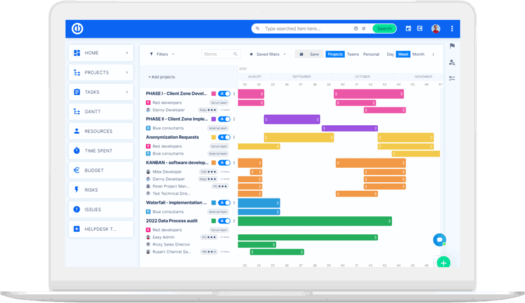
Making the most of your resources? Easy.
Get all powerful tools for perfect project planning, management, and control in one software.
